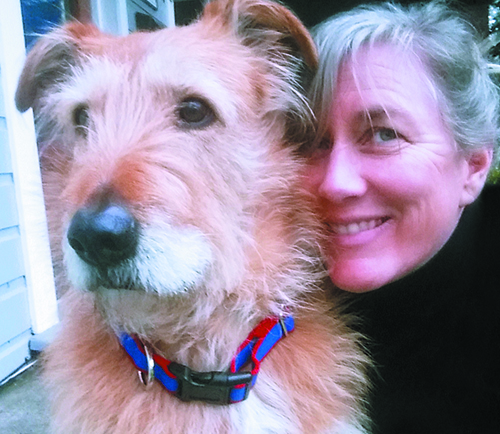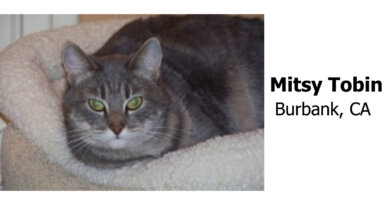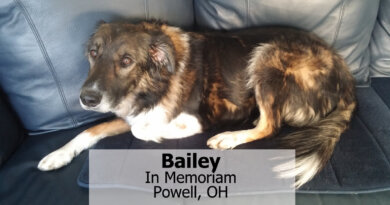Editorial: Penance
I’ve been haunted for some years ago by an experience with a shelter dog. The person who does the evaluations of prospective adoption candidates at my local shelter asked me if I could spend some time with the backlog of dogs waiting for assessment; she asked me to hang out with them and make some notes about them.
There was one dog I particularly liked; a Rottweiler- or perhaps a Swiss Mountain Dog-mix. She was cute, friendly, and smart. I recommended that she advance to the adoption row, and photographed her so she’d have a nice promotional picture on the shelter website. But a day later, I got a call from the evaluator (who is also a friend). “I know you really liked that big black dog in kennel 9,” she said, “but I wanted to let you know that I’m not going to advance her.” That was meant to be a gentle euphemism; I knew she meant euthanasia. I was shocked; I thought the dog was lovely. “Oh, shoot. Why?” My friend heard the emotion in my voice and said, “If you want, you can come back and I’ll show you what I didn’t like.”
The next day I spent about a half-hour playing with the dog; I still really liked her! Then my friend joined me, and we put a leash on the dog and led her into a quiet room in the shelter. I decided to take video of the assessment; the photo that appears on the cover and also on page 9, accompanying WDJ Training Editor Pat Miller’s article on resource-guarding, is a still taken from the video I recorded.
My friend put a bowl full of canned dog food on the floor for the dog, who dove right into the moist stew. And then my friend used a tool that is widely employed by shelters in these food-guarding evaluations, a rubber hand on the end of a stick. It enables the evaluator to pretend to reach for or pick up the dog’s food while she’s still eating it, so it can be ascertained whether the dog will display any guarding behavior, without any person actually being bitten.
In less than a minute, the dog sped right through all the behaviors listed on the “resource-guarding assessment form” we’ve reproduced on page 10: freezing, growling, flashing a “whale eye,” flipping the bowl away from the hand, snarling, gesturing with her head toward the hand, performing an “air snap” in the direction of the hand, and finally, giving it a solid bite. And after she finished the food, she appeared to go right back to being the sunny, friendly dog I liked so much.
I was stunned; I hadn’t ever experienced a dog like that. I told my friend I understood and trusted her judgment – but, days later, I was still having second thoughts. I called and asked Pat Miller: “Can behavior like that be modified?” and she assured me it could. But the dog was already dead.
I hope that Pat’s insights and recommendations in this article can save some other “guardy” dog’s life – and keep his or her family safe, too.
The post Editorial: Penance appeared first on Whole Dog Journal.




